Click Here To Join Our Telegram Channel for FREE daily tutorials!
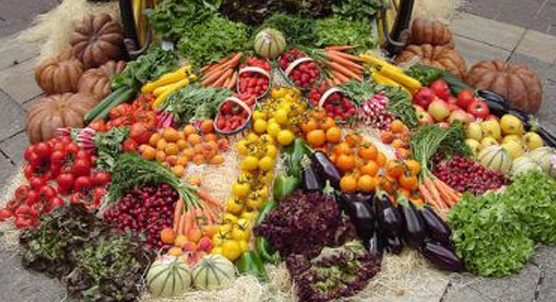
Below is a list of food plants containing poisonous parts that pose a serious risk of illness, injury or death to humans or animals. Please take into consideration all the information posted so you will not endanger your family. Some of these veggies and fruits are so common that you would not even consider them as a potential health risk to your family or pets. But this is real and backed by science.
Apples (Rose family)
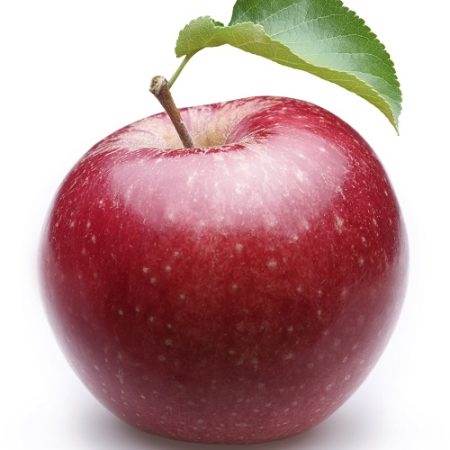
The seeds of apples contain natural chemicals that are toxic to some animals. Apple seeds do contain a small amount of cyanide, which is a lethal poison, but you are protected from the toxin by the hard seed coating. If you eat whole apple seeds, they pass through your digestive system relatively untouched. If you chew the seeds thoroughly, you will be exposed to the chemicals inside the seeds, but the dose of toxins in an apple is small enough that your body can easily detoxify it. Potentially dangerous for pets.
Cassava (Manihot esculenta)
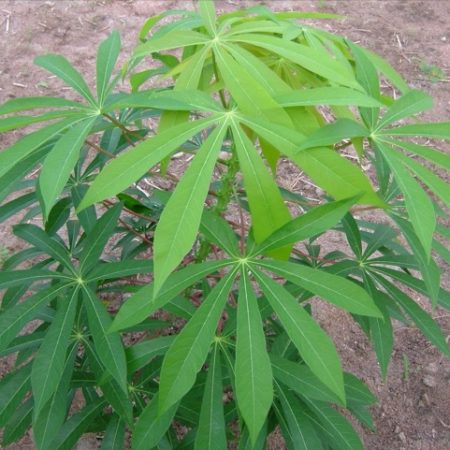
Cassavas grown during drought are especially high in cyanide toxin, a small dose of 40 mg of pure cassava cyanogenic glycoside is sufficient to kill a cow while even a smaller dose can cause severe calcific pancreatitis in humans, leading to chronic pancreatitis.
Grape (Vitis spp.)
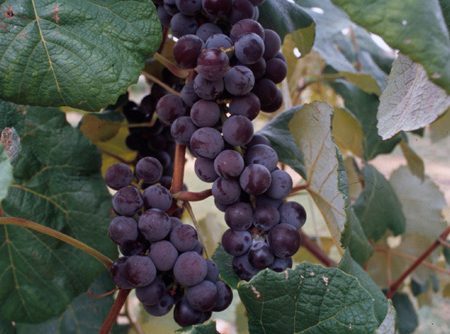
The consumption of grapes and raisins presents a potential health threat to dogs. Their toxicity to dogs can cause the animal to develop acute renal failure (the sudden development of kidney failure) with anuria (a lack of urine production). The phenomenon was first identified by the Animal Poison Control Center (APCC), run by the American Society for the Prevention of Cruelty to Animals (ASPCA). Approximately 140 cases were seen by the APCC in the one year from April 2003 to April 2004, with 50 developing symptoms and seven dying.
Indian pea (Lathyrus sativus)
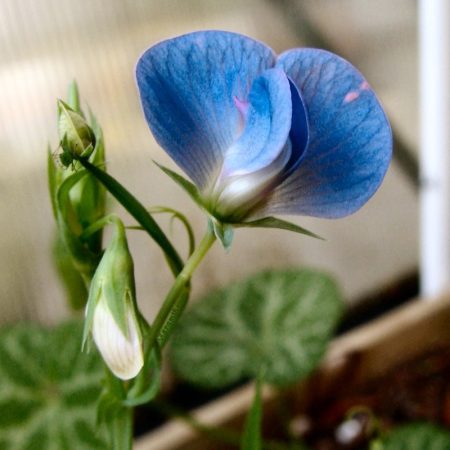
A legume is grown in Asia and East Africa as an insurance crop for use during famines. Like other grain legumes, it produces a high-protein seed. Their seed contain a neurotoxin that causes wasting and paralysis if eaten over a long period, and is considered the cause of the disease neurolathyrism, a neurodegenerative disease that causes paralysis of the lower body and emaciation of gluteal muscle (buttocks).
Kidney bean or common bean (Phaseolus vulgaris)
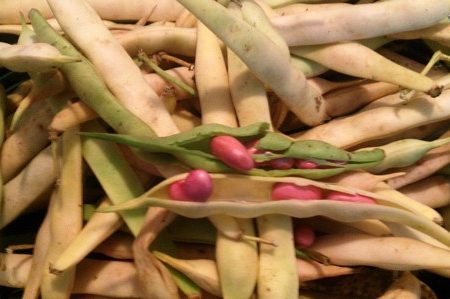
The toxic compound lectin, is present in many varieties of common bean but is especially concentrated in red kidney beans. The primary symptoms of this type of lectin (phytohaemagglutinin) poisoning are nausea, vomiting, and diarrhea. Onset is from 1 to 3 hours after consumption of improperly prepared beans, and symptoms typically resolve within a few hours. Only four or five raw kidney beans may be sufficient to trigger symptoms. Phytohaemagglutinin can be deactivated by cooking beans at 100 °C (212 °F) for ten minutes.
Lima bean or butter bean (Phaseolus lunatus)
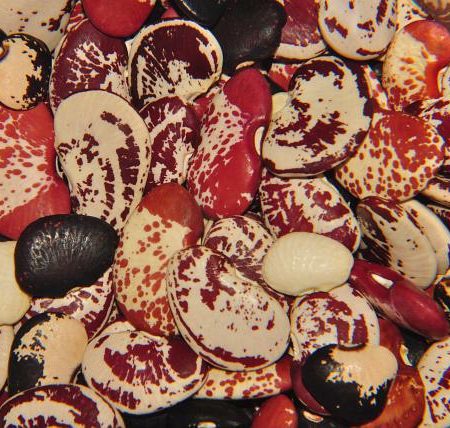
Raw beans contain dangerous amounts of linamarin. Linamarin is found in the leaves and roots of plants such as cassava, lima beans, and flax. Upon exposure to enzymes and gut flora in the human intestine, linamarin and its methylated relative lotaustralin can decompose to the toxic chemical hydrogen cyanide; hence food uses of plants that contain significant quantities of linamarin require extensive preparation and detoxification. Dietary exposure to linamarin has also been reported as a risk factor in developing glucose intolerance and diabetes, although studies in experimental animals have been inconsistent in reproducing this effect.
Mango tree
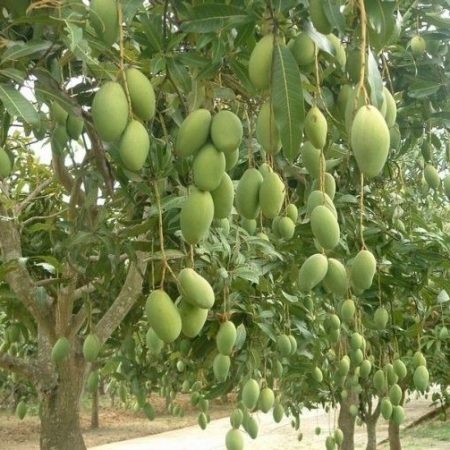
Mango peel and sap contain urushiol, the allergen in poison ivy and poison sumac that can cause urushiol-induced contact dermatitis in susceptible people. Cross-reactions between mango contact allergens and urushiol have been observed. Those with a history of poison ivy or poison oak contact dermatitis may be most at risk for such an allergic reaction. Urushiol is also present in mango leaves and stems. During mango’s primary ripening season, it is the most common source of plant dermatitis in Hawaii.
Nutmeg (Myristica fragrans)
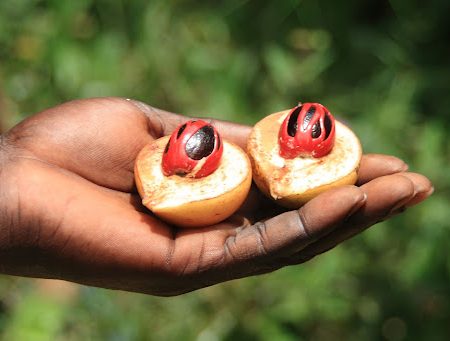
It contains myristicin, a naturally occurring insecticide and acaricide with possible neurotoxic effects. It has psychoactive properties at doses much higher than used in cooking. Raw nutmeg produces anticholinergic-like symptoms, attributed to myristicin and elemicin. The intoxicating effects of myristicin can lead to a physical state somewhere between waking and dreaming; euphoria is reported and nausea is often experienced. Users also report bloodshot eyes and memory disturbances. Nutmeg intoxication has an extremely long delay before the peak is reached, sometimes taking up to seven hours, and effects can be felt for 24 hours, with lingering effects lasting up to 72 hours.
Wild potatoes
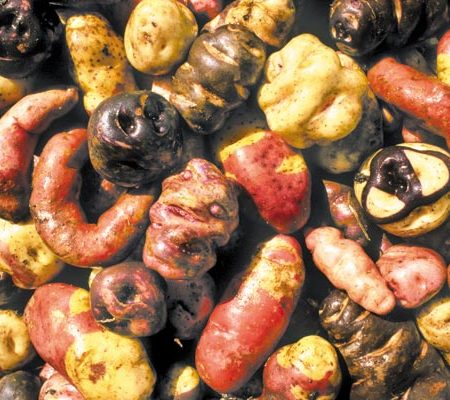
The concentration of glycoalkaloid in wild potatoes is sufficient to produce toxic effects in humans. The toxin affects the nervous system, causing headaches, diarrhea and intense digestive disturbances, cramps, weakness and confusion, and in severe cases coma and death. Poisoning from cultivated potatoes occurs very rarely, however, as the toxic compounds in the potato plant are generally concentrated in the green portions of the plant and in the fruits, and cultivated potato varieties contain lower toxin levels. Cooking at high temperatures (over 170 °C or 340 °F) also partly destroys the toxin.
Rhubarb (Rheum rhaponticum)
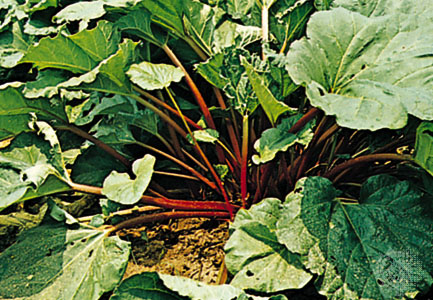
The leaf stalks are edible, but the leaves themselves contain notable quantities of oxalic acid, which is a nephrotoxic and corrosive acid present in many plants. Symptoms of poisoning include kidney disorders, convulsions, and coma, though it is rarely fatal. Cooking the leaves with soda can make them more poisonous by producing soluble oxalates.
Tomato (Solanum lycopersicum)
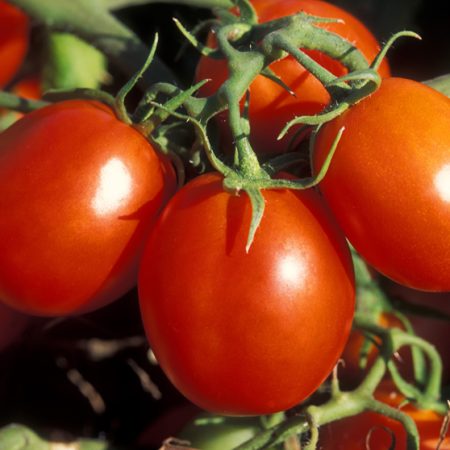
Like many other members of the nightshade family (Solanaceae), tomato leaves and stems contain solanine that is toxic if ingested, causing digestive upset and nervous excitement. Use of tomato leaves as an herbal tea (infusion) has been responsible for at least one death. Leaves, stems, and green unripe fruit of the tomato plant also contain small amounts of the poisonous alkaloid tomatine, although levels are generally too small to be dangerous. Ripe tomatoes do not contain any detectable tomatine. Tomato plants can be toxic to dogs if they eat large amounts of the fruit, or chew plant material.
Abrus precatorius
(known commonly as jequirity, crab’s eye, rosary pea, ‘John Crow’ bead, precatory bean, Indian licorice, akar saga, giddee giddee, jumbie bead, ruti, and weather plant)
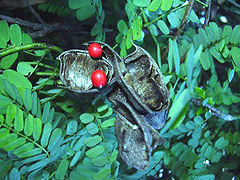
The attractive seeds (usually about the size of a ladybug, glossy red with one black dot) contain abrin, a ribosome-inactivating protein related to ricin, and very potent. Symptoms of poisoning include nausea, vomiting, convulsions, liver failure, and death, usually after several days. Ingesting a single seed can kill an adult human. The seeds have been used as beads in jewelry, which is dangerous; inhaled dust is toxic and the seeds are so astonishingly toxic that even a pinprick from a needle used to make a hole in a seed can be fatal. The seeds are unfortunately attractive to children.
Garlic (Allium sativum)
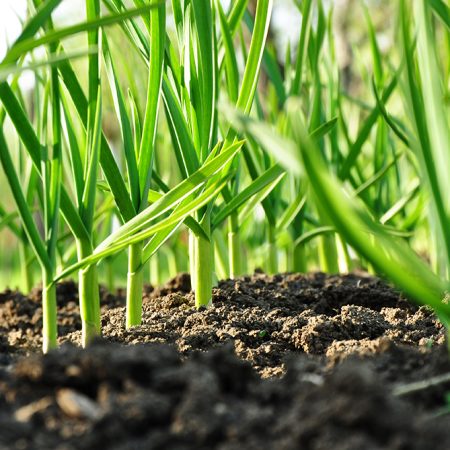
Poisonous to cats and dogs. Will cause vomiting, blood in urine, weakness, high heart rate, and panting.
Chamomile (Anthemis nobilis)
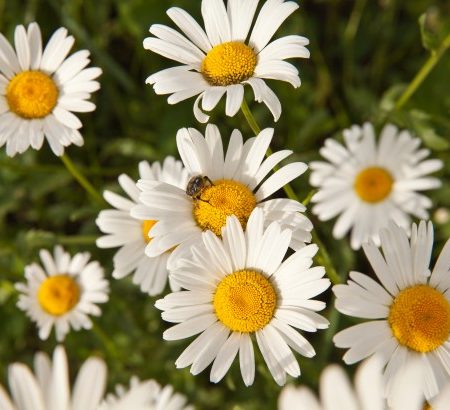
Toxic to both cats and dogs. Its effects include contact dermatitis, vomiting, diarrhea, anorexia, and allergic reactions.
Onions (Allium cepa)
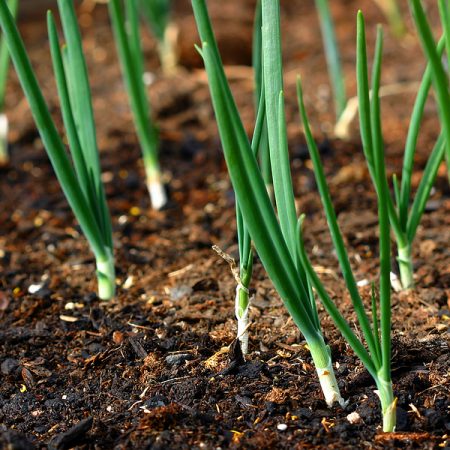
Cats are more sensitive. Effects include gastrointestinal upset, hemolytic anemia, vomiting, breakdown of red blood cells (hemolytic anemia, Heinz body anemia), blood in urine, weakness, high heart rate, panting.
Sour Cherry, Peaches, Plums (members of Rosaceae family)
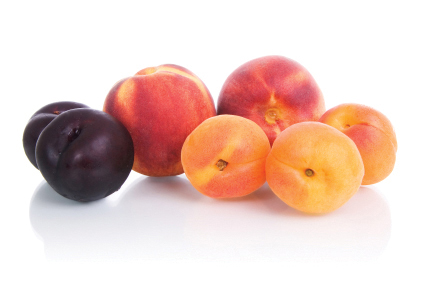
Stone fruits of the genus Prunus typically contain poisonous hydrocyanic (prussic) acid (HCN) in the pits and foliage. Since the poisonous cyanide is combined with one or more sugars, these molecules are referred to as cyanogenic glucosides. If you crush the leaves of a stone fruit tree, such as a cherry or apricot, you can smell the faint, almond-like odor of cyanide. The effects of hydrocyanic acid (cyanide) on the human body is disastrous because it inhibits the action of the vital enzyme cytochrome oxidase during cellular respiration. The cells thus die from lack of oxygen even though oxygen is plentiful in the blood. As little as 0.06 gram has caused death in some people. This is why it is considered unwise to dine on the seeds inside the pits of stone fruits.
You should also teach children not to play with or eat growing plants in your garden and in the wild. While pruning or weeding, always keep your hands protected by gloves. And protect your pets from poisonous plants in your garden and in the wild.
PS: Share your experience with these poisonous veggies and fruits around your family or pets. We all have much to learn from each other’s experience. Leave your comment below.
Related Articles:
Food Additives – Know What You’re Feeding Your Children Before It’s Too Late!
The Do’s And Dont’s Of Mother Nature (II): How To Tell Apart Poisonous Plants
This Crazy Off Grid Device Literally Makes Drinkable Water From Fresh Air:
According to NASA, the U.S. is expecting a 100-YEAR LONG MEGADROUGHT.
It's already begun. Ask the farmers in California. They know.
Every survivalist knows that water is of critical importance. You NEED an independent water source that you can count on!
As an interesting "survival rehearsal" - imagine that you turned the tap on right now and nothing came out. How long would you last?
But what if there was another water source literally hidden in plain sight. That's right, I'm talking about the atmosphere!
The amazing thing about getting water from the natural moisture in the air... is that it is ALWAYS available.
This gives you real water security!
Learn more about how to tap into "Nature's secret water reservoir" and stay hydrated when TSHTF!
Watch the video:
😳 What Tinnitus Does To Your Brain Cells (And How To Stop It)
After 47 years of studies and countless brain scans done on more than 2,400 tinnitus patients, scientists at the MIT Institute found that in a shocking 96% of cases, tinnitus was actually shrinking their brain cells.
As it turns out, tinnitus and brain health are strongly linked.
Even more interesting: The reason why top army officials are not deaf after decades of hearing machine guns, bombs going off and helicopter noises…
Is because they are using something called "the wire method", a simple protocol inspired by a classified surgery on deaf people from the 1950s...

I Can't Help Showing This Off:
If you haven't heard of Claude Davis yet do yourself a huge favor and watch this video.
One of the smartest guys I ever had the pleasure of meeting, Claude set-up a unique prepping system that changed his life forever.
I already tried it myself and let me tell... you I was completely blown away... His surprising tactics could make your life easier and give you the peace of mind you deserve.
Don't just take my word for it... watch his short video and decide for yourself.

Most People Don't Have The Guts To Try This:
An amazing discovery in an abandoned house in Austin, Texas: A lost book of amazing survival knowledge, believed to have been long vanished to history, has been found in a dusty drawer in the house which belonged to a guy named Claude Davis.
Remember... back in those days, there was no electricity... no refrigerators... no law enforcement... and certainly no grocery store or supermarkets... Some of these exceptional skills are hundreds of years of old and they were learned the hard way by the early pioneers.
>> Click here to find out about them now
We've lost to history so much survival knowledge that we've become clueless compared to what our great grandfathers did or built on a daily basis to sustain their families.
Neighbors said that for the last couple of years Claude has tried to unearth and learn the forgotten ways of our great-grandparents and claimed to have found a secret of gargantuan proportions. A secret that he is about to reveal together with 3 old teachings that will change everything you think you know about preparedness:
>>> Click Here To Watch His Short Video <<<

More Off-Grid And Survival Resources:

What REALLY Happens When You Bury a Shipping Container? (Hint: It's A Bit Crazy...)
Shipping containers are all the rage - but if you are thinking about buying one, you MUST watch this video first:
There's a general belief that if you bury a shipping container you can create an awesome root cellar / storm shelter / survival bunker.
But is a shipping container strong enough to handle the pressure?
Watch the video to see what happens:
What Really Happens When You Bury a Shipping Container? (Click To Watch Video)











Is it the cassava plant? Or are you talking about the cassava fruit? It really does not explain.